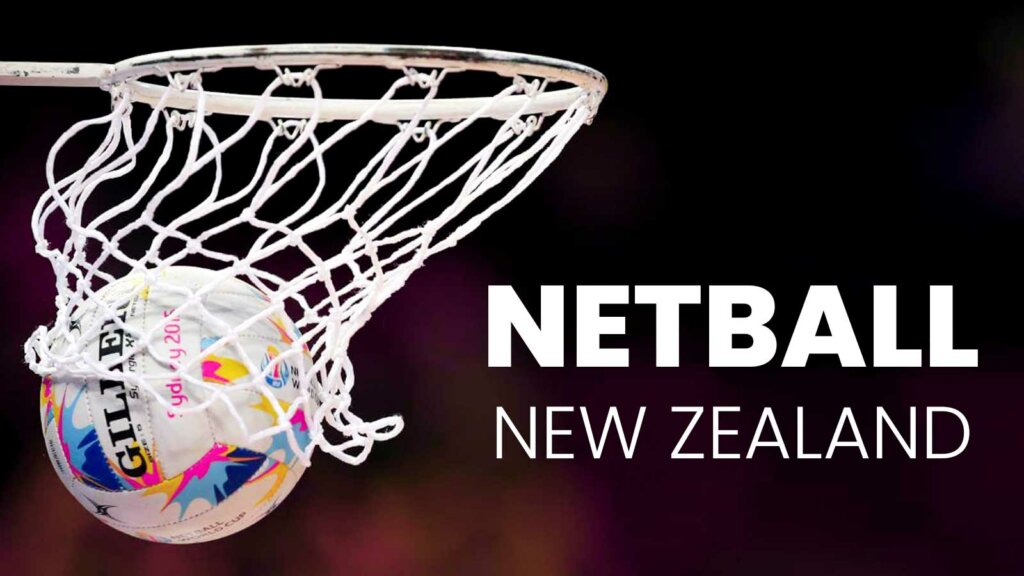
The NZ Netball Team Yesterday, Today, and Tomorrow
We will present the NZ netball team’s facts and stats. See who are the new NZ men’s netball team players and what is the future of the national NZ netball team.
Our team of experts in online casinos also shares a considerable interest in the sports scene here in New Zealand. The mixed women’s and NZ men’s netball team line-ups, performances, and histories are such subjects whose current state, future outlook and historical background we will analyse at length.
Both long-time fans and netball rookies can find some valuable facts.
The Current NZ Netball Team Standing
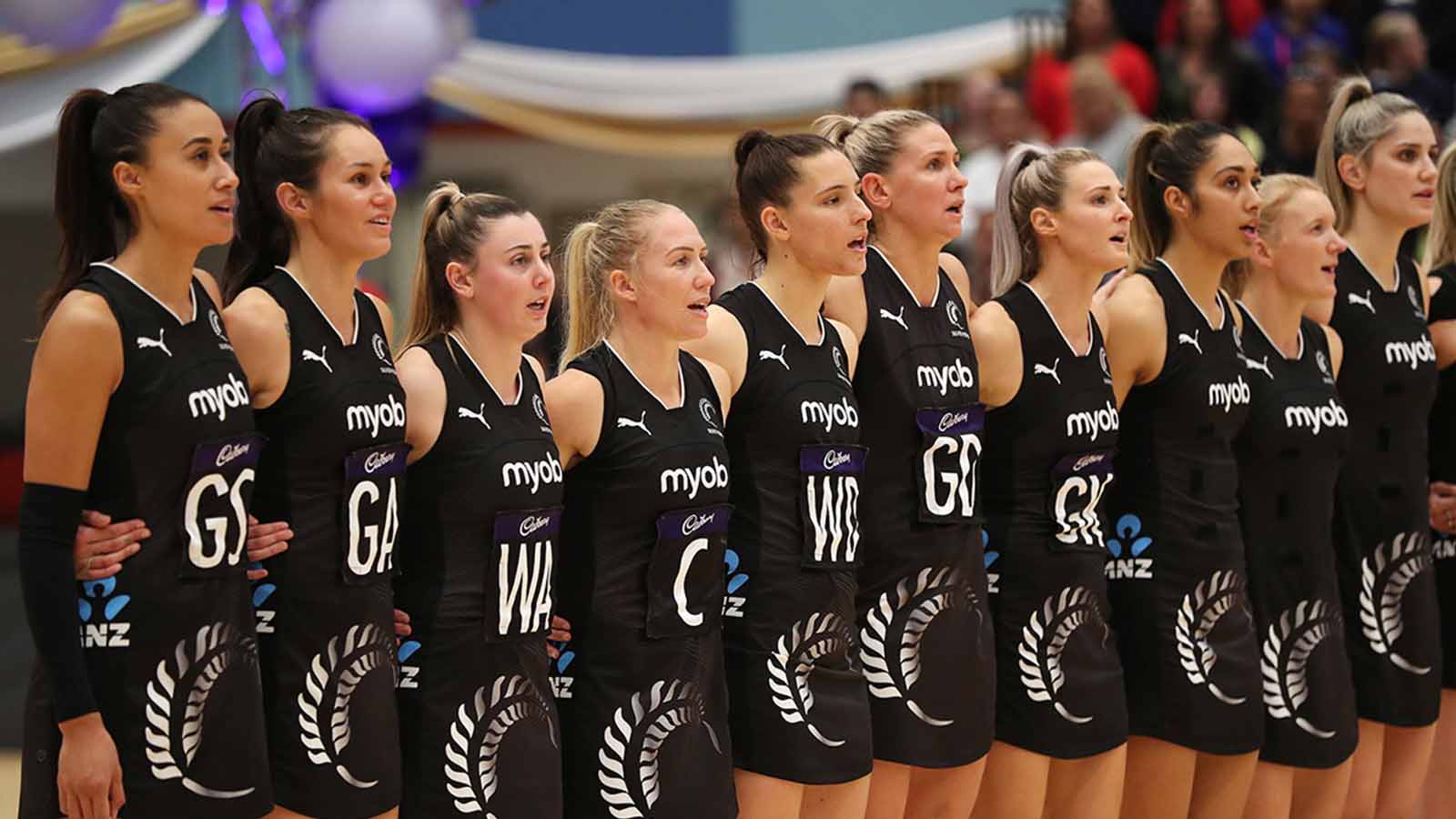
We have looked into the current state of the NZ netball team, commonly referred to as the Silver Ferns. You will find the players and current performance rates.
Team Facts
- The national netball team takes its nickname from the Silver Tree Fern, an emblem for many New Zealander sports teams.
- The colour of the Silver Ferns player uniforms is black.
The New Zealand national team saw a rocky period recently. Although it claimed its first Quad Series title in 2017, it faced several losses the following year to England, Jamaica, and Australia.
Consequently, the Ferns ended up in fourth place in the 8th Fast5 World Series. This instance was when they did not make it to the first two places in rankings, failing to win any medals.
Following the string of losses, the Ferns dropped to third in the INF World Rankings, for the first since the 2008 introduction of the system.
They changed the coach and captain
The decreasing performance pushed the head coach of the NZ netball team, Janine Southby, to resign.
One month later, managers gave the position to Noeline Taurua, a former national team player and then-current coach of the Australian Sunshine Coast Lightning team.
…and performance improved
The change helped the Ferns, as they went on to win the 9th Fast5 World Series in 2018 and, more importantly, the 15th World Cup in 2019.
During the same season, the captain Laura Langman, who claimed the position in 2018, became the most capped player in the New Zealand history of the sport. She reached 146 national line-up caps, overtaking Irene van Dyk’s 145.
Current National netball team’s names, NZ
| Name | Position | Club | Caps |
|---|---|---|---|
| Gina Crampton – captain | WA, C | Northern Stars | 52 |
| Karin Burger | WD, GD, GK | Mainland Tactix | 33 |
| Sulu Fitzpatrick | GK, GD, WD | Northern Mystics | 16 |
| Kayla Johnson | WD, GD, C | Northern Stars | 50 |
| Kelly Jury | GK, GD | Central Pulse | 30 |
| Phoenix Karaka | GK, GD, WD | Northern Mystics | 34 |
| Claire Kersten | WD, C | Central Pulse | 21 |
| Tiana Metuarau | GA, WA, GS | Central Pulse | 6 |
| Grace Nweke | GS | Northern Mystics | 4 |
| Mila Reuelu-Buchanan | C, WA | Northern Stars | 1 |
| Shannon Saunders | C, WA | Southern Steel | 86 |
| Filda Vui | GA, WA, GS | Northern Mystics | 0 |
| Maia Wilson | GS, GA | Northern Stars | 28 |
| Samantha Winders | WD, C, WA | Waikato Bay of Plenty Magic | 47 |
Noeline Taurua remains the head coach, with Yvonne Willering and Jane Woodlands-Thompson as assistant coaches. The national team’s current manager is Esther Molloy.
NZ men’s netball team
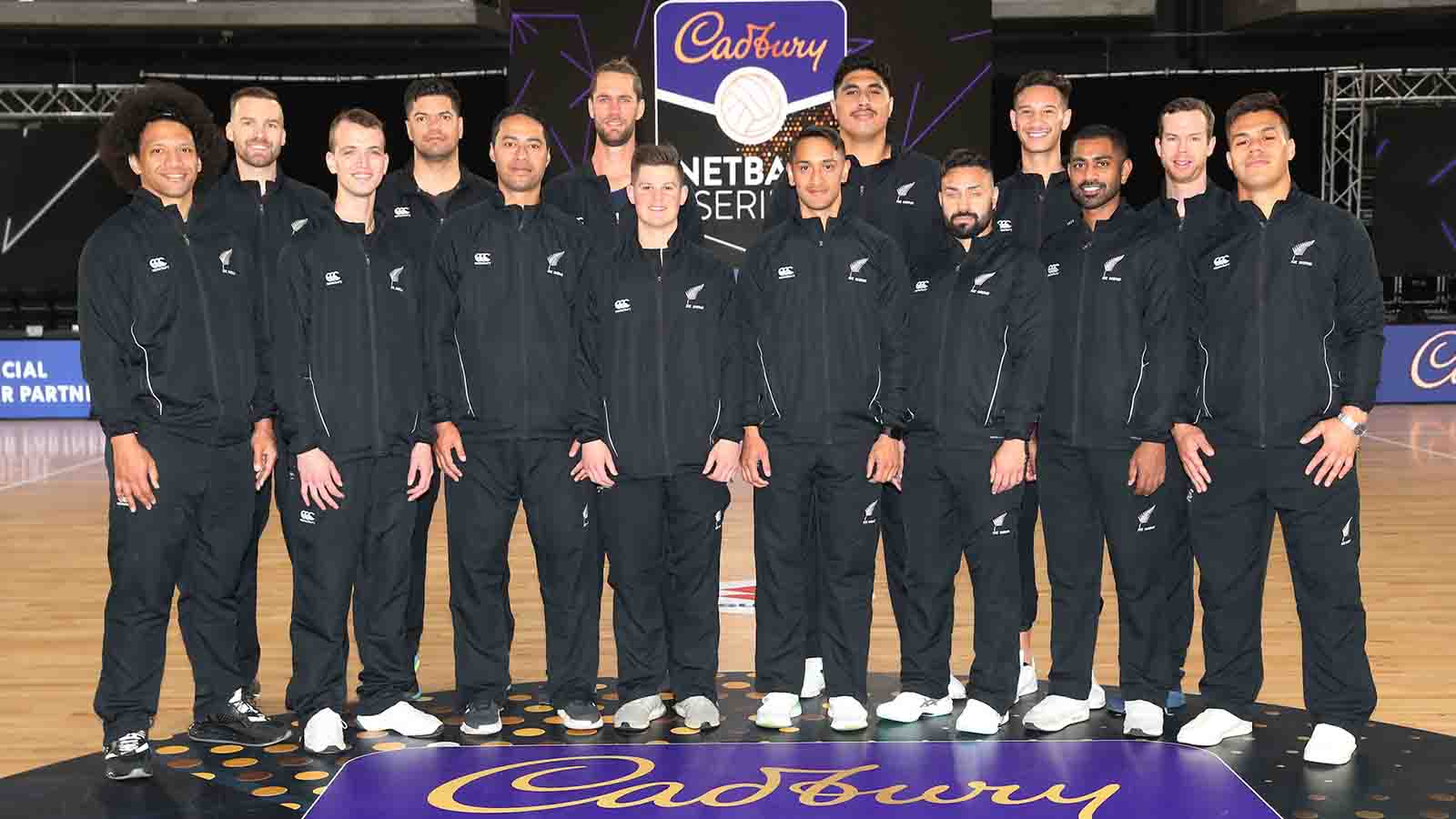
In more recent times, we have seen efforts to develop an NZ men’s netball team within a predominantly female game scene.
The New Zealand Men’s and Mixed Netball Association formed a fourteen-strong line-up that competed in the Cadbury Netball Series. It played against NZ Under 21s and the NZ A-Side Silver Ferns.
Their participation in high-rank national competitions is expected to increase the interest and involvement of young boys in the competitive sport.
NZ men’s netball team players
- Kruze Tangira – captain
- Quintin Gerber
- Nick Grimmer
- Daniel Jeffries
- Junior Levi
- Deepak Patu
- Cameron Powell
- Jake Shuster
- Ben Smith
- Eddie Solia
- Jaryn Tainui
- Joseph Tukaki
- Timmy Apisai
- Sheridan Wills
NZ men’s netball team: management positions
- Co-coaches – Tania Anderson, Natalie Milicich
- Assistant coach – Hemi McKinney-Richards
- Manager – Richard Jocelyn
- Assistant manager – Kora Pene
- Primary care – Dale Wilson-Scully
If you love reading about sports…
You can also check out our well-researched list featuring the best New Zealand Rugby team players.
Essential NZ Netball Team History
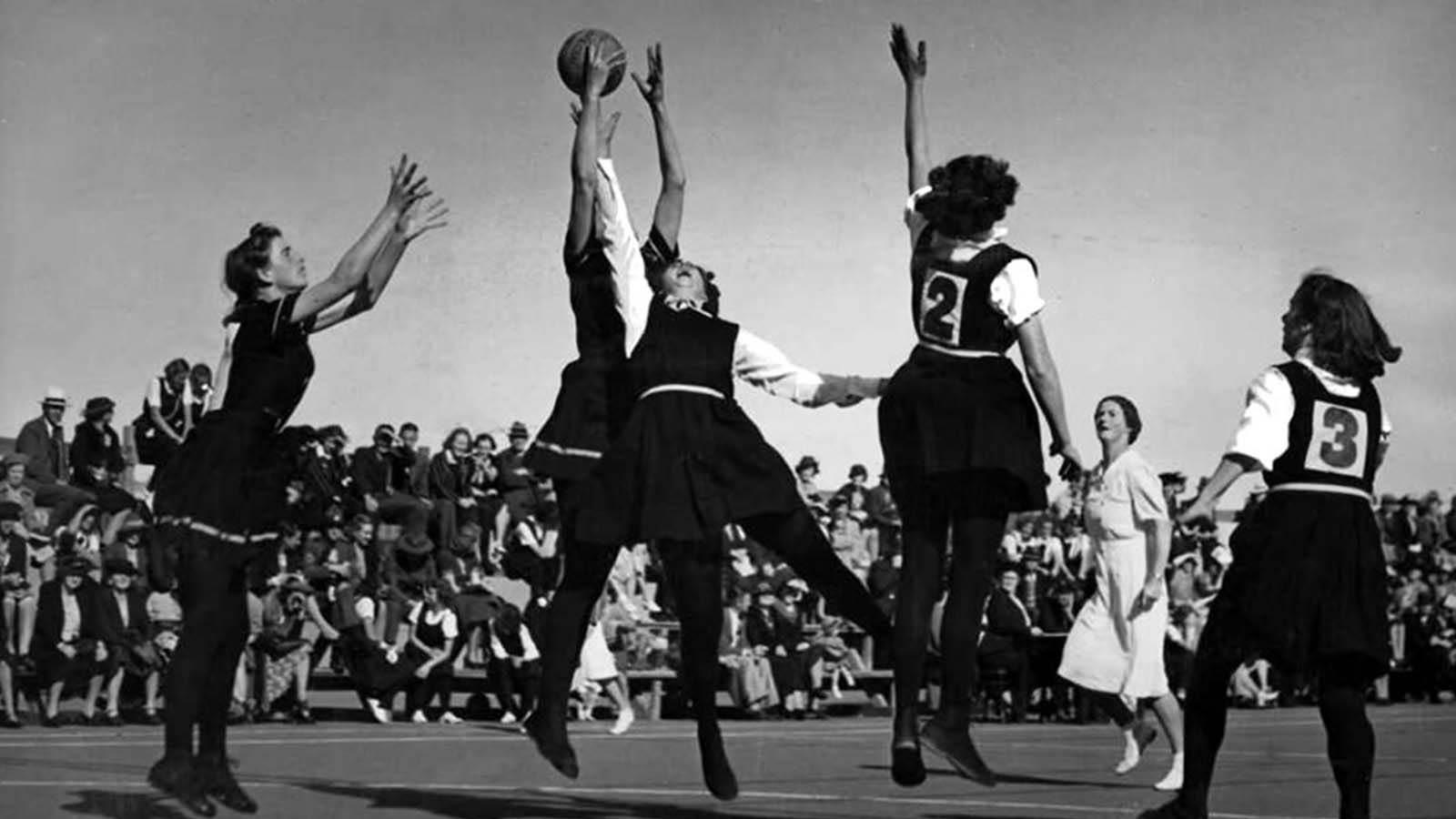
The sport was introduced into New Zealand in 1906 or 1907 as “women’s basketball.” Initially, the New Zealand Basketball Association administered it nationally.
The Association was formed sometime in 1924. It sent the first national representative to tour Australia, bearing the Silver Fern on a black uniform in 1938. The first team debuted in an international test series, played by the Australian seven-a-side rules (as opposed to the New Zealander nine-a-side ones). The captain at the time was Margaret Matangi.
The road to success
The first results of the Ferns were poor compared to the Australians. They lost 40 to 11 in the first international tests. Their situation slowly improved, with a contested 1960 37-36 loss to Australia.
Following a second place in the 1st World Championship, New Zealand’s national team would take a four-year break. The Silver Ferns returned in 1967 and finally earned the World Championship title following a 43-40 win against Australia.
Cups and titles held by the Ferns
Since, the Ferns have constantly been in the top three World Cup teams, contesting Australia’s dominance. The NZ netball team earned the cup five times since 1979, one being jointly awarded to Australia and Trinidad and Tobago.
The Ferns additionally won two World Games netball cups, two first-place titles in the Commonwealth Games, and seven cups in the Fast5 World Netball Series (won between 2009 and 2018).
History of Netball, beyond New Zealand
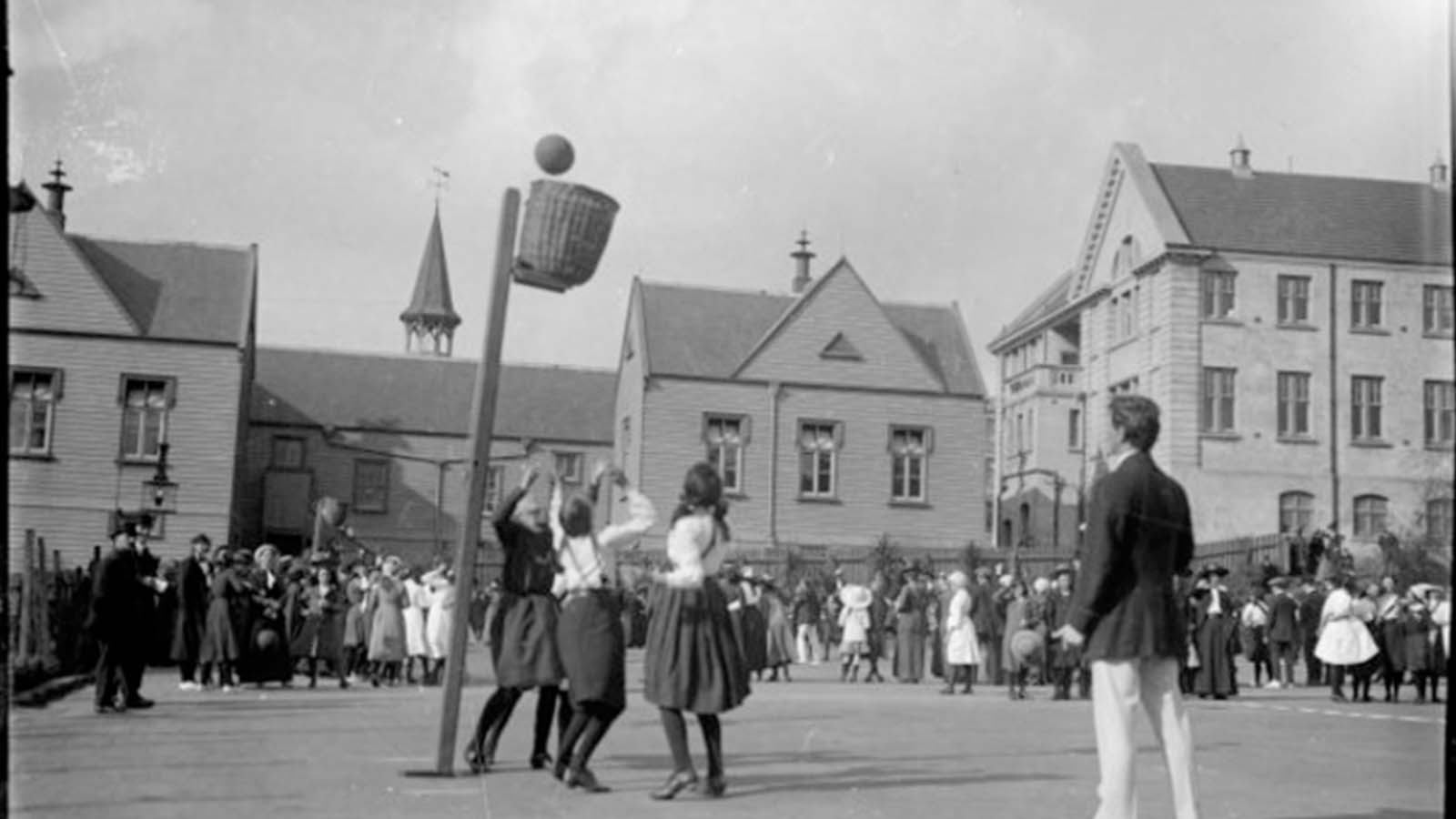
Netball initially appeared as an early version of basketball which slowly diverged into its own sport with the increasing number of women participating.
Basketball was first developed by James Naismith, a physical educator, physician, coach and chaplain from the US. Following its introduction, the sport garnered nationwide popularity, and soon enough, rule variation emerged.
The two women behind the sport

Senda Berenson Abbott developed a women’s version in 1982, while Martina Bergman-Österberg first introduced a game version to female students at the Physical Training College in Hampstead, London, in 1983.
The two versions eventually converged by 1899, with the American rules being incorporated into the latter. Within the late 19th and early 20th century, “women’s outdoor basketball” gained popularity across the British Empire.
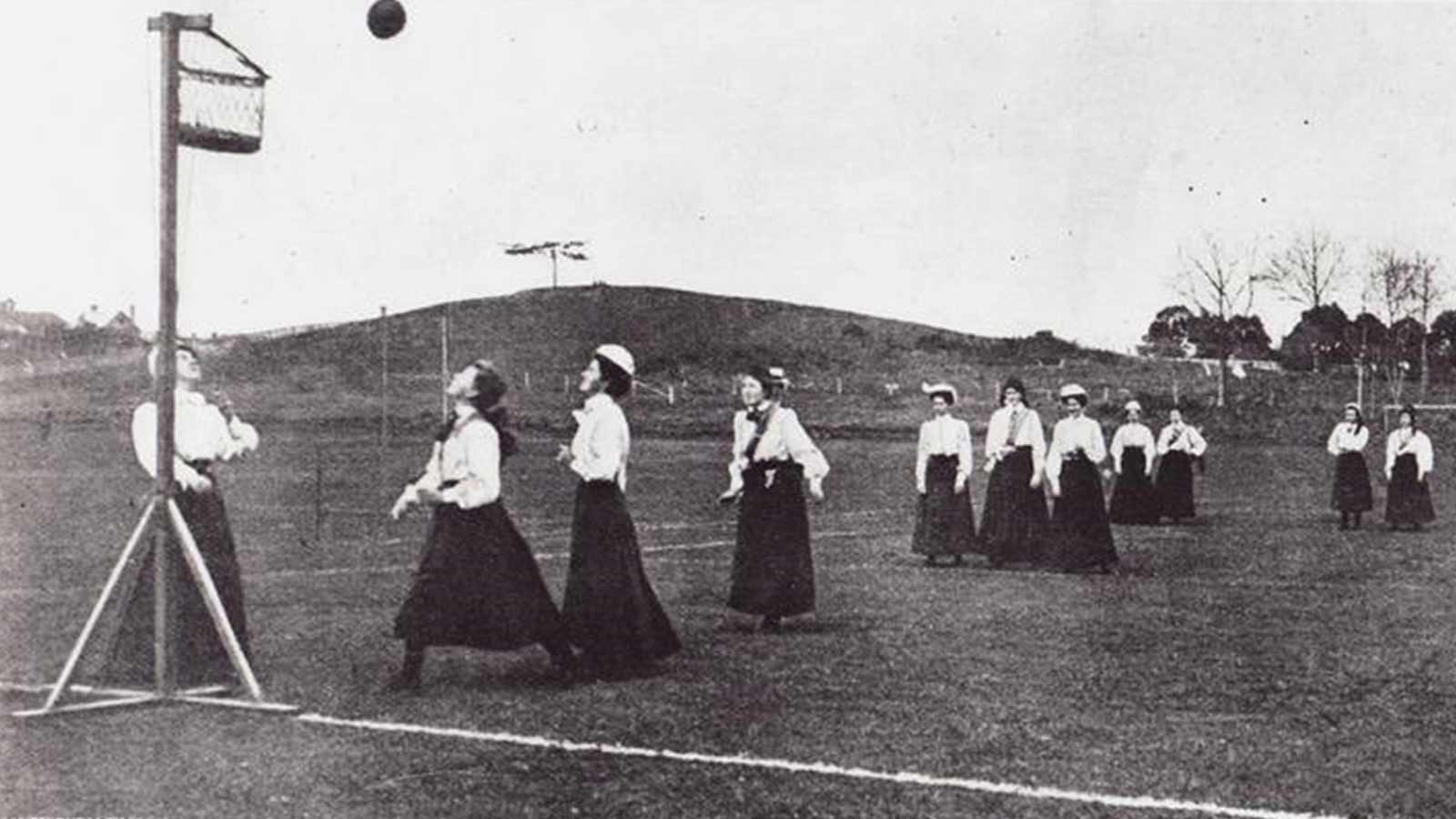
Women made up the main breadth of the contestants, as the limited movement range was considered socially appropriate for them.
New Zealand was the first to establish a national governing body in 1924.
Other commonwealth countries, like Australia, South Africa, and the West Indies, followed suit, creating a global sports scene. Netball further garnered popularity across the United States, Pacific Island nations, and Singapore.
While Australia was the first country to popularise the sport among men during the 1980s, others later joined the effort, including New Zealand. The country sent its first NZ men’s team to compete in competitions in 2004.
In 1994, an all-transgender netball team from Indonesia competed in the Gat Games, organised in New York City.
Rules
The objective of a match is to score more goals than the opposing team. A player scores a goal by shooting the ball through the ring from the shooting circle.
A standard game is played in fifteen-minute quarters, either outdoors or within a covered stadium.
How it starts
At the beginning of a quarter or after a goal, the game restarts with a player in the centre position passing the ball from the court’s centre.
Unlike other games, the centre passes alternate between teams, regardless of the one that scored last. Players must touch the centre pass in the centre third.
How it is played
Players must touch the ball in each adjacent third of the court for follow-up passes. Each player can hold the ball three seconds at most and must release it before the foot they were standing when they caught the ball touches the ground again.
Players can engage in direct contact if it does not impede opponents. In defence, players must be at least 35 inches away from the player holding the ball.
Once a player holds the ball with both hands and then drops or shoots at the ring and misses, the same player cannot be the first that touches it when it rebounds.
Gameplay example
Team composition and rules
The current standard team consists of seven on-court players, each assigned a specific position.
A player’s position limits their movement capacity. It is indicated by a bib that contains a one- or two-letter abbreviation.
Only two positions can attack and therefore shoot a goal. Similarly, two other positions can occupy defensive roles in the shooting circle. Others can move between two-thirds of the court. The centre can move anywhere, except the shooting circle.
Fast5
- It is a rule variation designed to be faster-paced and more TV-friendly. A quarter lasts six minutes, with two-minute breaks in between.
- Attackers can shoot two-pointers from outside the circle. Teams can nominate power play quarter. When they score a goal from it, each goal is worth two points, and the centre pass goes to the team that conceded the goal.
Court Dimensions
| Court element | Dimension(inches/feet) | Dimension(metric system) |
|---|---|---|
| Goal ring | 15 in | 380 mm |
| Goalpost | 10 ft | 3.05 m |
| Shooting/goal circle | 16 ft | 4.9 m |
| Court (length x width) | 100 ft x 50 ft | 30.5 m x 15.25 m |
| Ball diameter/weight | 8.7 in / 14-16 oz | 22 cm / 397-454 g |
Netball Court Schematic

The NZ Netball Team: A Future Outlook
The sports scene has been famous in the Commonwealth and beyond. However, recent trends show that it can gain more following.
We may even get to see greater spectatorship for world tournaments and competitions and even extended betting support via top online NZ casinos. However, netball’s future depends on how it is sold and developed by responsible regulating bodies.
Good practices
Fast5 is an excellent example of best practices for improving the game’s popularity. The shorter and faster game version is friendlier to mass media. Additionally, the two-point rules incentivise a more aggressive and riskier playstyle.
While there was nothing intrinsically wrong with women forming the majority of players, introducing the game to men’s and mixed teams can only help. We can see the effects of the NZ men’s netball team on the local boys’ sports teams’ interest in the game.
The media’s part
Lastly, local and global media agencies must do their part and cover the sport appropriately. Once they provide sufficient airtime for the sport, it will surely garner a solid fanbase and generate further demand.
Good coverage will undoubtedly result in popularity and will do a great job at fomenting a dynamic and exciting scene around the sport in New Zealand and beyond. The NZ netball team can only benefit from that.
NZ Netball Team Contacts
| Netball New Zealand | Where |
|---|---|
| Website | Visit here |
| Physical address | Level 1, Windsor Court, 128 Parnell Road, Parnell, Auckland 1052 |
| Postal | PO Box 99710, Newmarket, Auckland 1149 |
| Phone number | +6496233200 |
| [email protected] |















